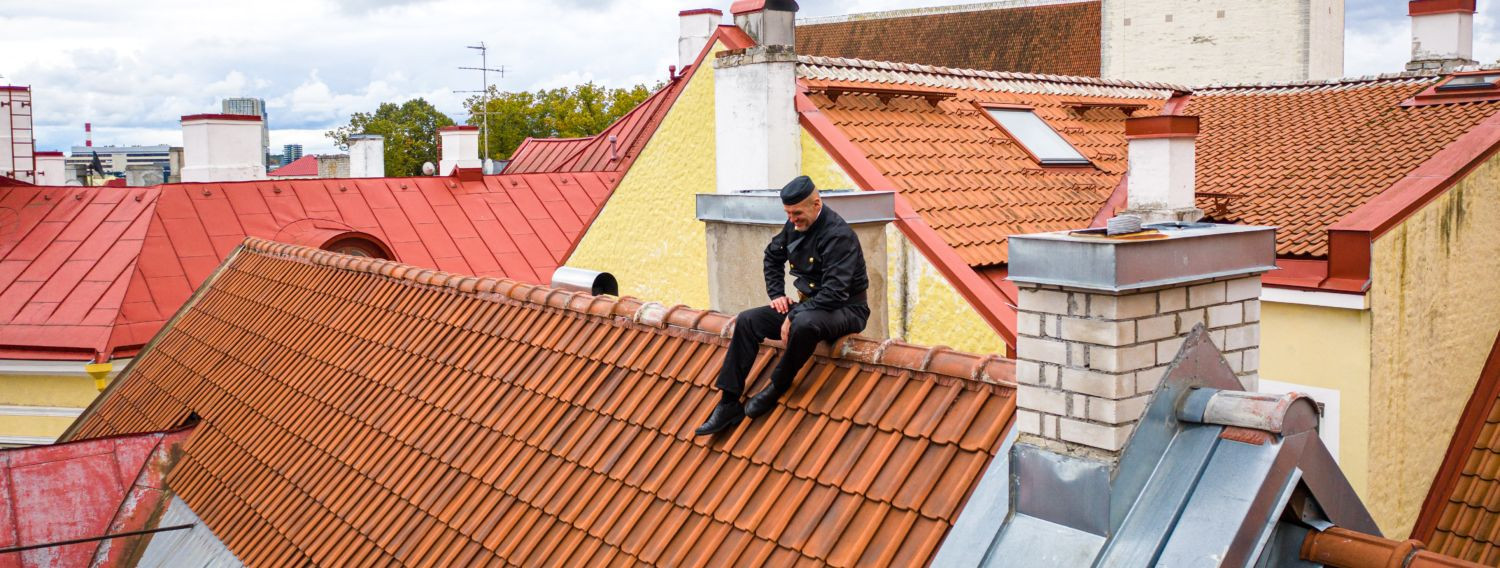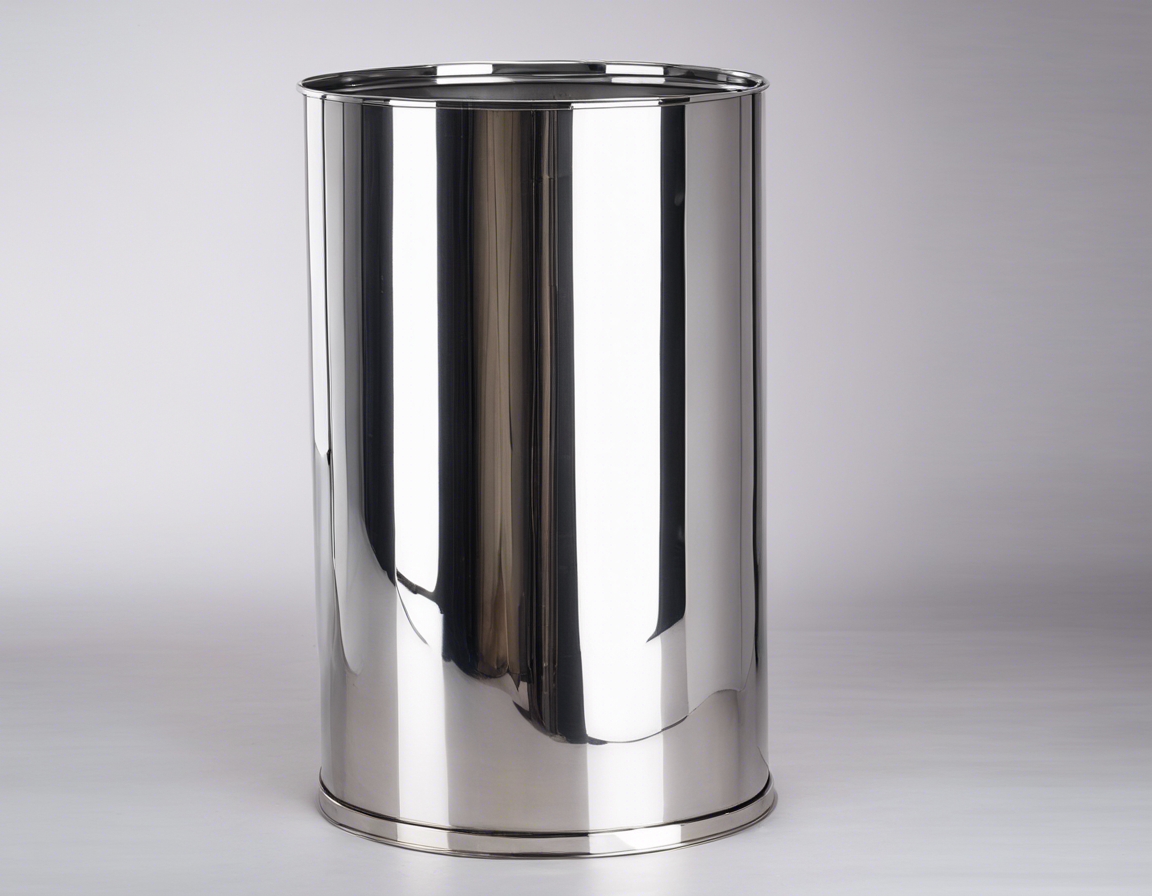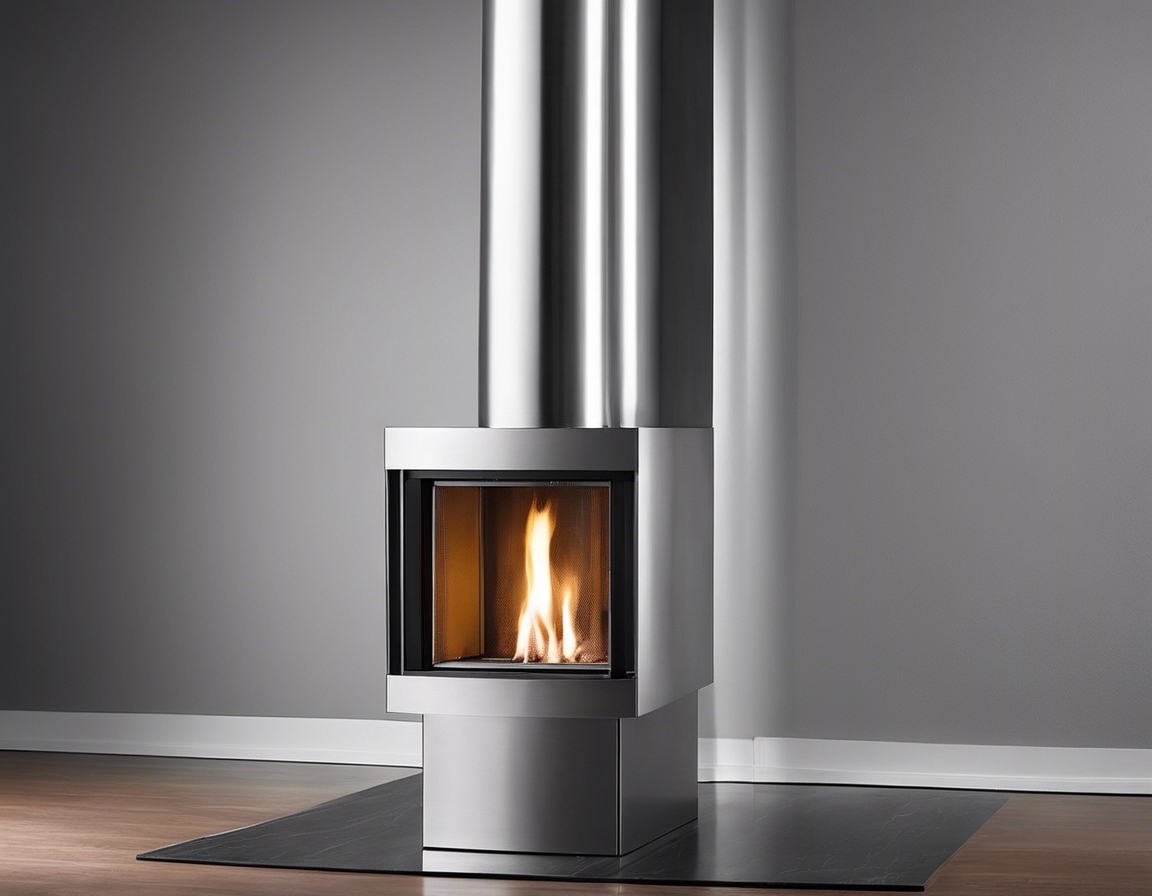5 signs your chimney needs sweeping
As a homeowner or business with a traditional fireplace, solid-state heater, or sauna, maintaining your chimney is crucial for safety and efficiency. A neglected chimney can lead to dangerous situations, including house fires and carbon monoxide poisoning. Recognizing the signs that your chimney needs sweeping can prevent these hazards and ensure your heating system operates at its best.
Understanding the Importance of Chimney Sweeping
Regular chimney sweeping is essential to prevent the buildup of flammable substances like creosote, which can ignite and cause chimney fires. These fires can be explosive and are capable of spreading rapidly, endangering your property and loved ones.
A clean chimney allows for better airflow, which is necessary for efficient combustion and heat transfer. This not only improves the performance of your heating system but also reduces smoke and harmful emissions.
Regular maintenance, including sweeping, can significantly extend the life of your chimney and heating system by preventing corrosive substances from damaging the chimney lining and structure.
Sign #1: Visible Soot and Creosote Buildup
Creosote is a highly flammable byproduct of wood combustion that can accumulate on the inner walls of your chimney. It appears as a black or brown residue and can take on a tar-like, drippy consistency or a hard, shiny glaze, depending on the stage of buildup.
During a visual inspection, if you notice a significant layer of soot or glossy, tar-like deposits inside your chimney, it's a clear indicator that a sweep is necessary. A professional chimney sweep can assess the level of buildup and remove it safely.
Sign #2: Poor Fire Performance and Smoke Issues
If you're experiencing trouble lighting a fire or keeping it burning, it could be due to a blocked or partially blocked chimney. Restricted airflow can prevent the fire from receiving the oxygen it needs to burn effectively.
Smoke should go up the chimney, not into your room. If smoke is billowing into your living space, it's a sign that the chimney is not drawing air properly, which could be due to creosote buildup or obstructions.
Sign #3: Unpleasant Odors from the Fireplace
Various factors, including excess moisture, creosote deposits, or animal waste, can cause bad smells to emanate from your chimney. These odors can become more pronounced during warm or humid weather.
Beyond being unpleasant, chimney odors can also indicate the presence of harmful substances like mold or decomposing animal remains, which can pose health risks to occupants.
Sign #4: An Unusual Amount of Animal Activity
Animals such as birds, squirrels, or raccoons may choose your chimney as a nesting spot. Listen for unusual sounds like scratching or chirping, and look for nesting materials or droppings at the chimney base.
Nesting materials can block the chimney and pose a fire hazard. Additionally, animals can damage the chimney structure and create entry points for water and debris.
Sign #5: Time Since Last Sweep Exceeds One Year
The National Fire Protection Association recommends that chimneys, fireplaces, and vents be inspected at least once a year to ensure they are sound and free from deposits. A sweep is typically recommended as part of this annual inspection.
Delaying chimney sweeping can lead to a buildup of hazardous materials, increased risk of chimney fires, and reduced heating efficiency. It's important to adhere to regular maintenance schedules to avoid these risks.






Comments (0)